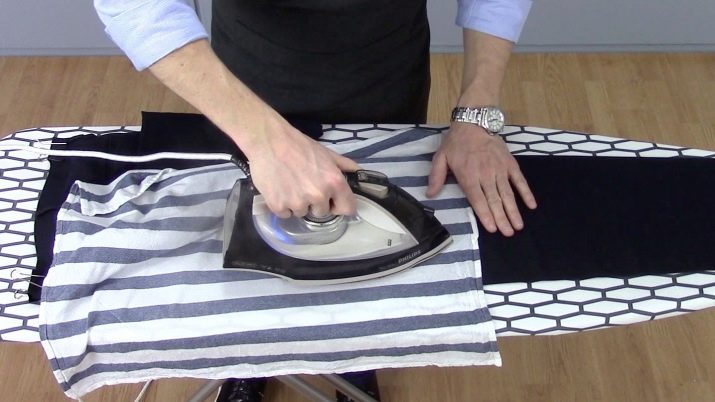What does supplex look like and what is sewn from fabric?
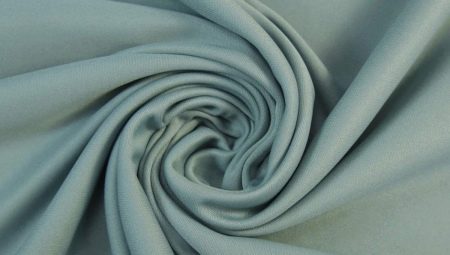
Supplex is the result of the development of synthetic fibers in the textile industry. From the material of this article, you will learn what are its types and descriptions, colors and areas of use, nuances of work and care.
What it is?
Supplex is an artificial knitted fabric developed by the American trade mark DuPont. The name biflex reflects the essence of bielastic textiles: it stretches along the warp and weft.
It is called a new generation synthetics, the practical properties of which are much better than those of many other analogues. The material is tear-resistant, it does not form clues, puffs, arrows.
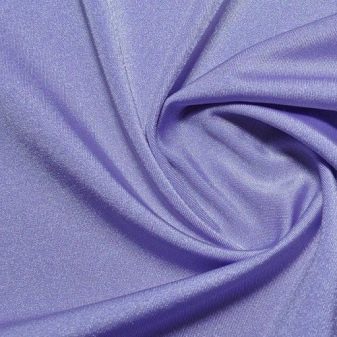
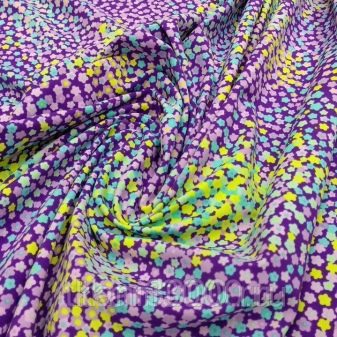
The supplex has a looped structure, which explains its elasticity. When examined in detail, it is a knitted fabric consisting of many identical loops. However, the weave of the material is not the same as that of knitted fabrics.
The fabric is capable of stretching up to 300%. It consists of artificial stretch fibers, spun from polyester, lycra, microfiber, elastane, nylon, lurex yarns.
The choice of fibers depends on the manufacturer, so the composition of the fabric and the percentage of components may vary. Due to their stretch ability, textile products are suitable for people of different build and height.
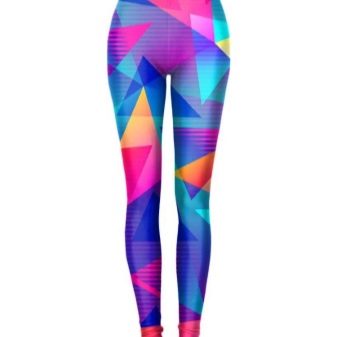
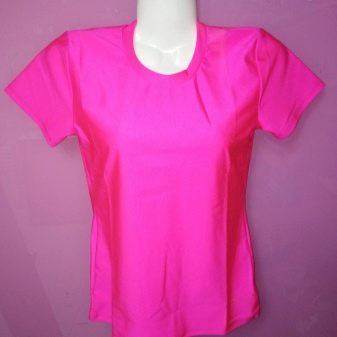
The fabric is thin and silky to the touch, pleasant to the body, does not interfere with the body's heat exchange. Maintains its original dimensions and shape without tension or sagging.
Its density ranges from 70-240 g / m2. When stretched, it becomes thinner, but does not shine through. The surface of the material is smooth, with a slight sheen.
The shade of the seamy side is darker.
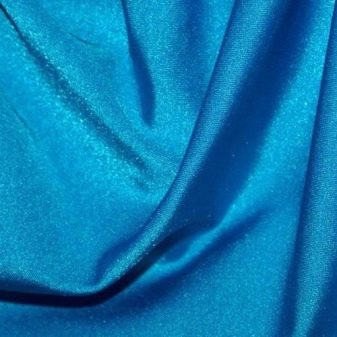

Specifications
Supplex is inert to moisture and not affected by ultraviolet radiation. Practically does not wrinkle, it is considered resistant to pilling. Pills are not formed on its surface, it is not erased during operation.
Dries quickly, without streaks or stains. Does not disturb heat exchange, does not adjust to body temperature. It can be painted over well in any color. The applied holograms and sputtering are kept on its surface. Drawings are not erased or deformed over time.
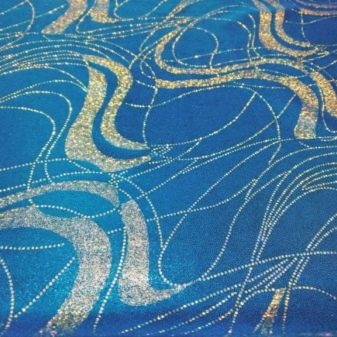
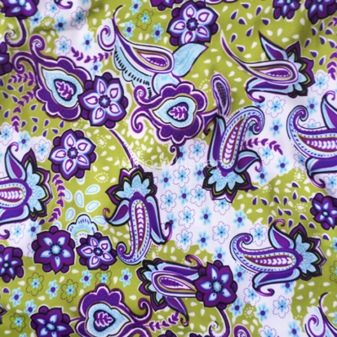
Some species fade with prolonged exposure to direct sunlight. However, in general, supplex is considered one of the best materials developed empirically.
Textiles accumulate static electricity and are poorly breathable. Because of this, it is not used for the production of casual wear. Long-term wear leads to discomfort.
It is picky about storage. For a thing that has been folded for a long time, there are creases along the fold lines. It is impossible to get rid of them by steaming. The only way out is to store your clothes on a hanger.
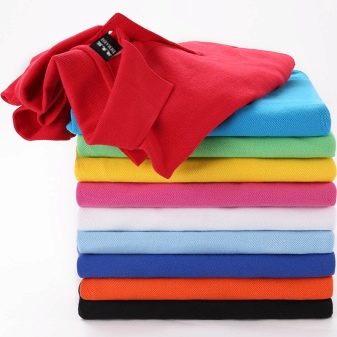
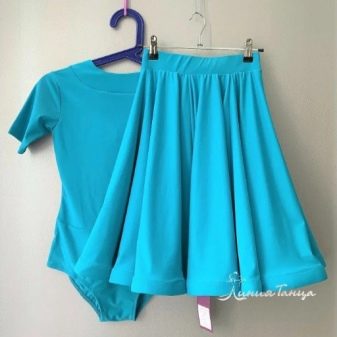
Unlike other analogs, supplex melts from high temperature. However, it is not afraid of chlorinated water and belongs to the versatile materials from which products of different cut and style can be sewn.
It is perfectly combined with nylon mesh and organza, georgette and nylon, velvet and guipure, openwork lace. It can be decorated with embroidery, fringe.
It is cut regardless of the direction of the share threads. Thanks to this, the production is waste-free. Even small patches are used, they can be trimmed on products from a different color.

Species overview
Supplex can be classified according to various criteria. By the type of texture, it can be matte, glossy and shiny. The presence of ebb is explained by the prevalence of nylon and elastane threads.
Materials with metallized lurex threads have a shiny surface type.
In addition, the supplex made with the use of a chemical film shines.
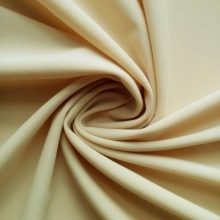
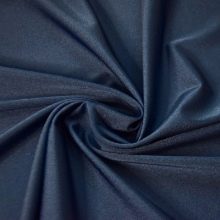
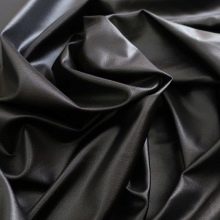
By the type of staining, it can be one-color, multi-colored, gradient, printed. Its surface can be sprayed (shimmering effect), with a three-dimensional pattern.
Thanks to the dyeing technology, the material can withstand hundreds of washes without losing color and brightness. By appointment, it is divided into several groups.
Linen type is silky and soft to the touch. Designed not to create discomfort when worn on the naked body.
Thermobiflex is a fleece variety, distinguished by heat-saving functions. It has an optimal level of thermoregulation.

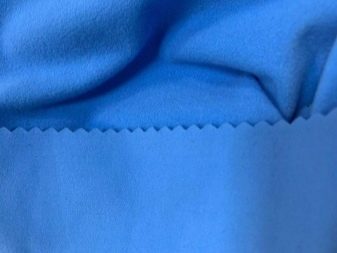
Sublimation look - option for high-precision stable printing. It has an optimal density and matte surface.
Slimming look of textiles Designed for muscle contraction and tension reduction, improving athletic performance. Its purpose is extreme sportswear.
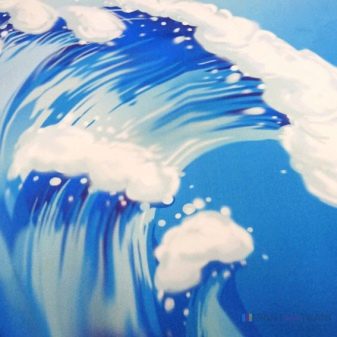

The retail cost of materials varies. Depending on the type and quality, it varies in the range of 390–1200 rubles per 1 running meter. Wholesale prices are generally lower.
The cost is determined not only by the quality, but also by the composition and elasticity indicators. The cheaper the fabric, the worse these parameters are.
Each type of material has its own composition and density. For example:
- linen with a density of 140 g / m2 contains 88% micropolyamide and 12% elastane;
- in sublimation with a density of 190 g / m2, in addition to 82% polyamide, elastane and polyester are present;
- thermal with a density of 250 g / m2 contains 58% polyamide and 15% elastane;
- in a slimming with a density of 225 g / m2, 80% polyamide accounts for 20% elastane.


Textile microfibers are 10 times thinner than ordinary silk. Their diameter is 0.06 mm. During production, they are cut along the length into 8 sectors using a chemical. This creates a capillary effect.
The texture of the canvases can be traditional and with thermal protection. Certain types of matter have bacteriostatic properties. They do not create an environment for the appearance and reproduction of microscopic pathogenic organisms.
Thermobiflex has a fleece in 2 directions, which provides protection to the body. It is thin but highly durable.
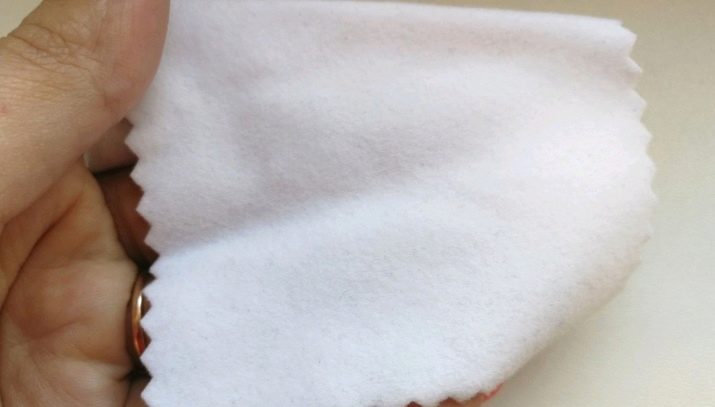
Color spectrum
Supplex colors are bright, neutral, acidic. There are many shades in each line, due to which the produced range of products satisfies the needs of any customer.
The total number of tones reaches 250. In addition to the basic white, traditional black colors, shades of neon green, pink, yellow, blue, red, and blue are considered to be in demand.
Canvases of purple, milky, burgundy, asphalt colors are selling quickly. Among the metallized options with spraying, gold, silver fabrics are in demand, and materials with a pattern are also in demand.
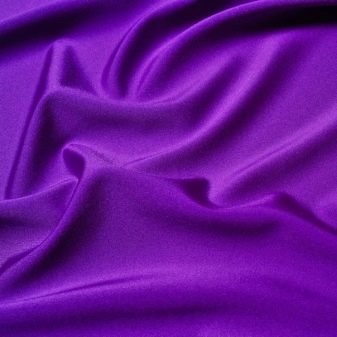
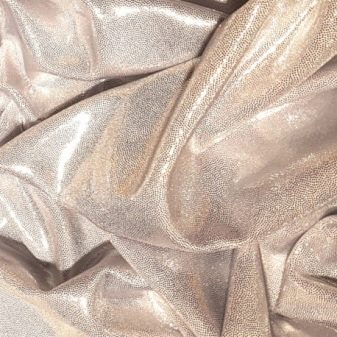
Manufacturers
Supplex is produced in different countries of the world, including England, Egypt. According to buyers, the best quality is the products of Italian, Turkish, Korean suppliers.
Supplex from Italy high quality, dense, matte. Any applied drawing is held on it, it is more convenient than other varieties in work.
"Prestige" - common products of domestic production with the prevalence of polyester. It is used in the manufacture of products with a high level of thermoregulation.
"Stretch Premium" - polyester-spandex supplex. Quite dense, used for sewing special crease-free clothing with a fitting silhouette.
Matt "Fabrics Stretch Prestige" - a variety with different percentages of elastane and polyester.
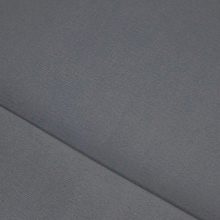
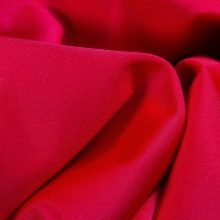

Companies in our country supply supplex to Portugal, Japan, Estonia, Thailand.
One of the suppliers of material to the domestic market is trade mark "Omtex"... The manufacturer's textile fabric contains nylon threads, it does not shine through when stretched in 4 directions at the same time.
It has a width of 1.5 m and a density of 200 g / m2. The palette includes 14 fabric colors with a shiny texture and 3 matte shades.
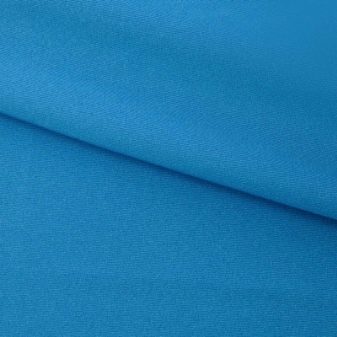
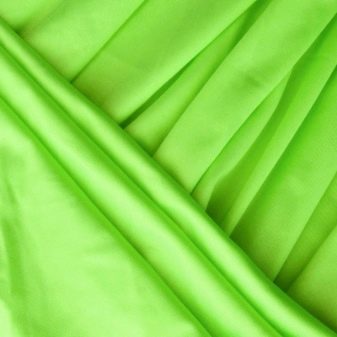
Carvico - one of the best brands producing material with an optimal ratio of cost and quality. The textiles of the company are bright and smooth, they are uniform in color, developed taking into account world quality standards.
Cooperates with online stores and Acetex trademark, supplying monochromatic supplex canvases to the domestic buyer. The length of the rolls of the Korean brand is 23–25 m. The surface texture is glossy.
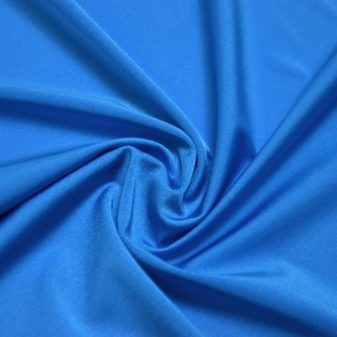
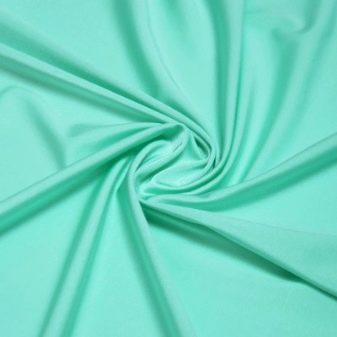
The best Italian manufacturers are Vielta, Vita, Vienna, Techno Mild and other companies.
They produce traditional and lining supplex with optimal elasticity, UV protection and water repellency.
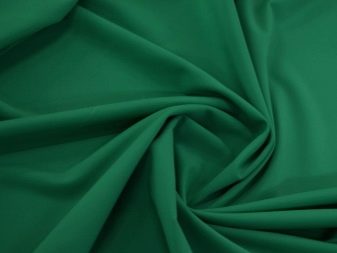
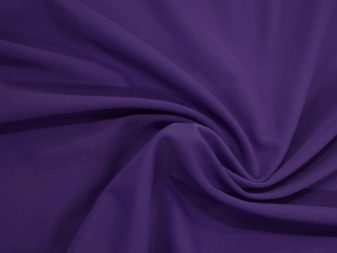
Varieties of Italian textiles
Italian supplex is presented on the market in different lines. These fabrics are produced using advanced technologies. Thanks to this, the materials of the companies differ not only in touch, but also in appearance.
Their texture is not only traditionally smooth, but also matte, ribbed, coated, velvety, mesh. There are modifications in the rulers that can be used as a base or lining material.
Malaga techno fabric and Vita fabric have a density of 190 g / m2, perfectly stretch with complete freedom of movement. Materials of the first type support muscles during physical activity. Their color palette includes 200 shades.
A special feature of the second line is compatibility with transfer printing technology. The samples are composed of reclaimed polyamide.

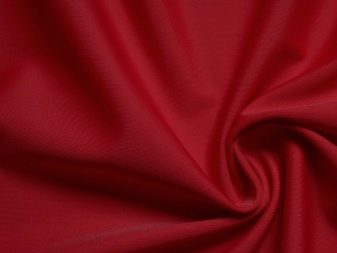
Morea is compared to a second skin. With a density of 170 g / m2, it can be draped. Suitable for making clothes for water gymnasts. Does not shine through, completely getting wet. This type of material is resistant to the formation of stains from oils and sunscreens.
Dakota is a dense fabric with an indicator of 220 g / m2. She does not wrinkle, does not shrink after washing. Resistant to pilling and deformation. Consists of polyamide and elastane, shiny inside, velvety on the front side.
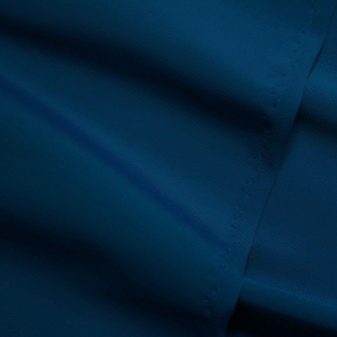
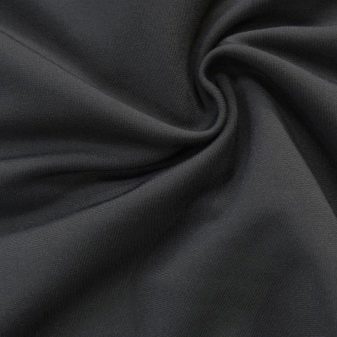
Vuelta has a density of 250 g / m2. She has a silky texture with a slight shimmer. Unlike other types, the material has a small fleece on the seamy side.
In addition to the heat-insulating layer, this jersey perfectly removes fumes. The series is limited in the number of shades, but has an attractive price and is endowed with antibacterial properties.
Spider differs from other types of porous or mesh structure. It has a low density (150 g / m2). It is used primarily in combination with other aerodynamic analogs.
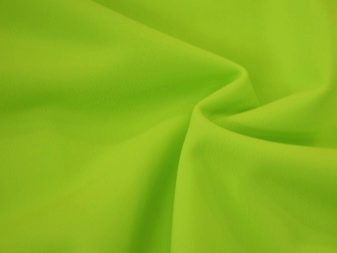

Colorado is particularly soft and smooth. It can be draped, it is moderately hygroscopic. Used for underwear and sports equipment. Has a density of 190 g / m2.
Its counterpart Verona with the same density in terms of tactile sensations, it is similar to crepe-chiffon. The reversible B-fashion stands out from the others in the black color of the seamy side.
Piuma is the lightest type of fabric (80 g / m2). Refers to lightweight delicate materials. Feels like thin cotton.
Has a small color palette.
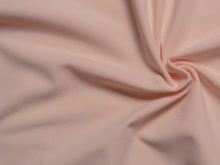


Areas of use
Due to the elasticity and density of knitting, supplex is used for the manufacture of clothing for dancing, gymnastics, swimming, fitness and other types of active sports.
It is not used in the production of casual wear. This is a fabric for stage costumes, which is decorated with different decor (sequins, beads, rhinestones, stones). A variety of drawings are applied to it.
From the fabric in question, tight-fitting suits are sewn for figure skating athletes, as well as swimwear, swimming trunks, gloves. It perfectly follows the contours of the body, adheres to it, does not create discomfort during movements.
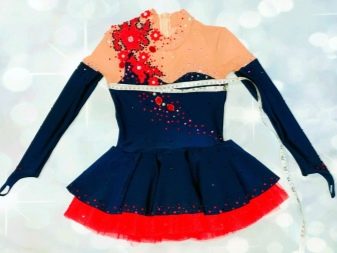
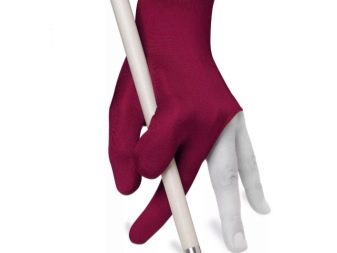
Raw materials are used in sewing costumes for the theater, stage pop images, the film industry, and the circus. In such clothes, they are not limited to performing choreographic movements, acrobatic stunts and plastic numbers.
In mass production, leggings, bicycles, rashguards, clothes for yoga, wrestling leotards are sewn from supplex. It is used in the manufacture of tops, skirts, dresses, trousers, overalls.
It is used to produce clothing for climbers and skiers, dancers, surfers, bodybuilders, and track and field athletes. It is used for making sports equipment, outdoor clothing.
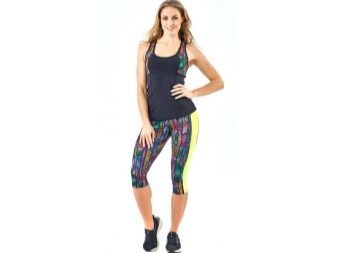

Supplex has found application in interior decoration. With the light hand of modern designers, they began to use it as upholstery of chairs, sofas, armchairs, buffet tables, in the manufacture of creative curtains.
It makes spectacular covers for cushions and interior accessories. Modern needlewomen use supplex for making dolls and anti-stress toys.

Nuances of choice
When buying the material itself or products from it, you need to pay attention to a number of signs.
High-quality textiles should not show through under strong stretching. If this happens, this indicates a low density of the material. The higher the value, the better the water repellency.
Thick material lasts longer. A pronounced chemical odor should not emanate from it. After stretching, there should be no “stretch marks”, the structure should be homogeneous.
It is important to pay attention to the color. Any inaccuracies in painting are excluded. There should be no knots or other visible defects on the surface.
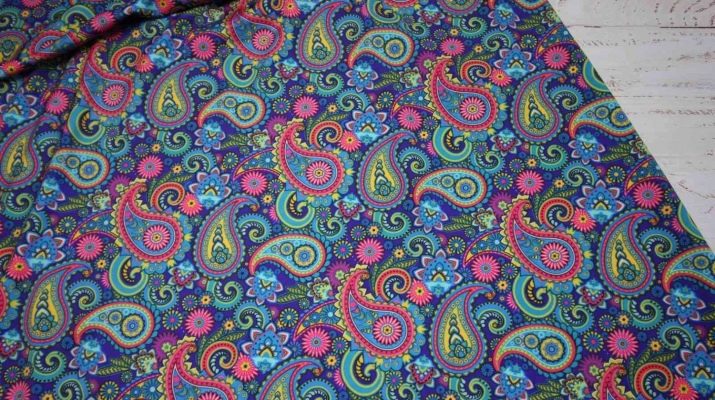
Features of working with material
Despite the apparent simplicity, the material is not easy to work with. It cannot be cut with ordinary office scissors. It stretches, requires the use of knitted needles.
Not every sewing machine takes it. When assembling parts, there are often cases of skipped stitches. The same applies to the decoration of the edges of the material.However, thanks to the elasticity and stretch of the textiles, when overcasting on a suitable machine, a pleated edge can be created.
Some types of material are capricious and leave punctures from needles when sweeping parts. They are not removed anywhere, which spoils the appearance of the product. Therefore, experienced craftsmen immediately assemble the parts on a sewing machine.
In production, it is sewn with a buttonhole stitch. Thanks to this, fabric products do not tear even under significant tension. The usual line is not so good for him.
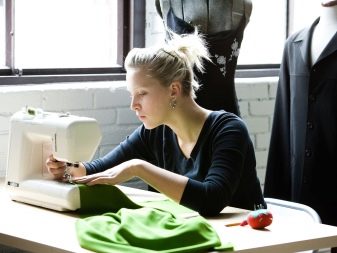
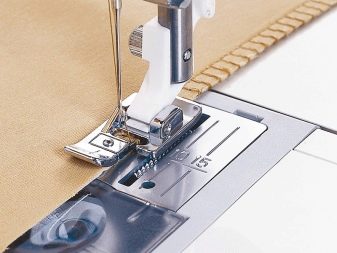
Care rules
The material is beautiful and comfortable to wear, but it requires adherence to basic maintenance standards. The service life of the products depends on this.
Washing
Supplex products can be washed manually or by machine in warm water. When choosing the latter, it is necessary to set the temperature to 30–40 degrees.
Regular laundry soap will not work. It is better to purchase special gels or capsules with a gentle principle of action. Any abrasive products are excluded.
Even small particles can damage the structure of the material. For this reason, it is worth giving up the powder. Supplex products must not be soaked, bleached or wrung out by hand.
Various dirt can be easily washed off the surface of the material. However, both washing and spinning must be delicate. If the washing machine is exceeded, the fabric may wrinkle.
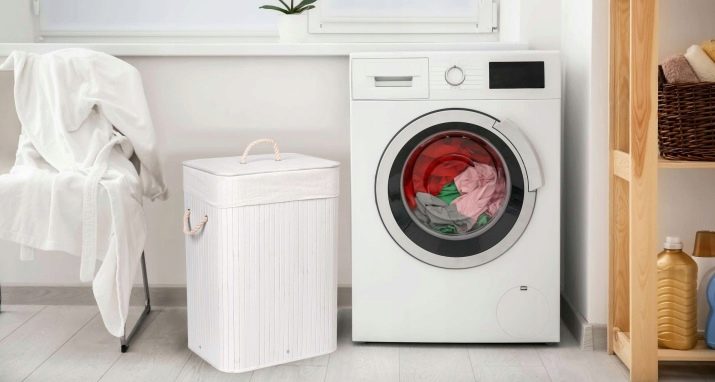
Drying and ironing
Dry your clothes in a horizontal position away from sunlight. Drying should be natural; drying on heating devices (radiators, heaters) is excluded.
Dry things are usually not ironed - the material does not need it. However, if you need to get rid of creases and folds, then this is done at a low temperature.
In order not to melt the product, a thin cotton cloth is placed between it and the sole of the iron. Ironing gauze is not recommended.
